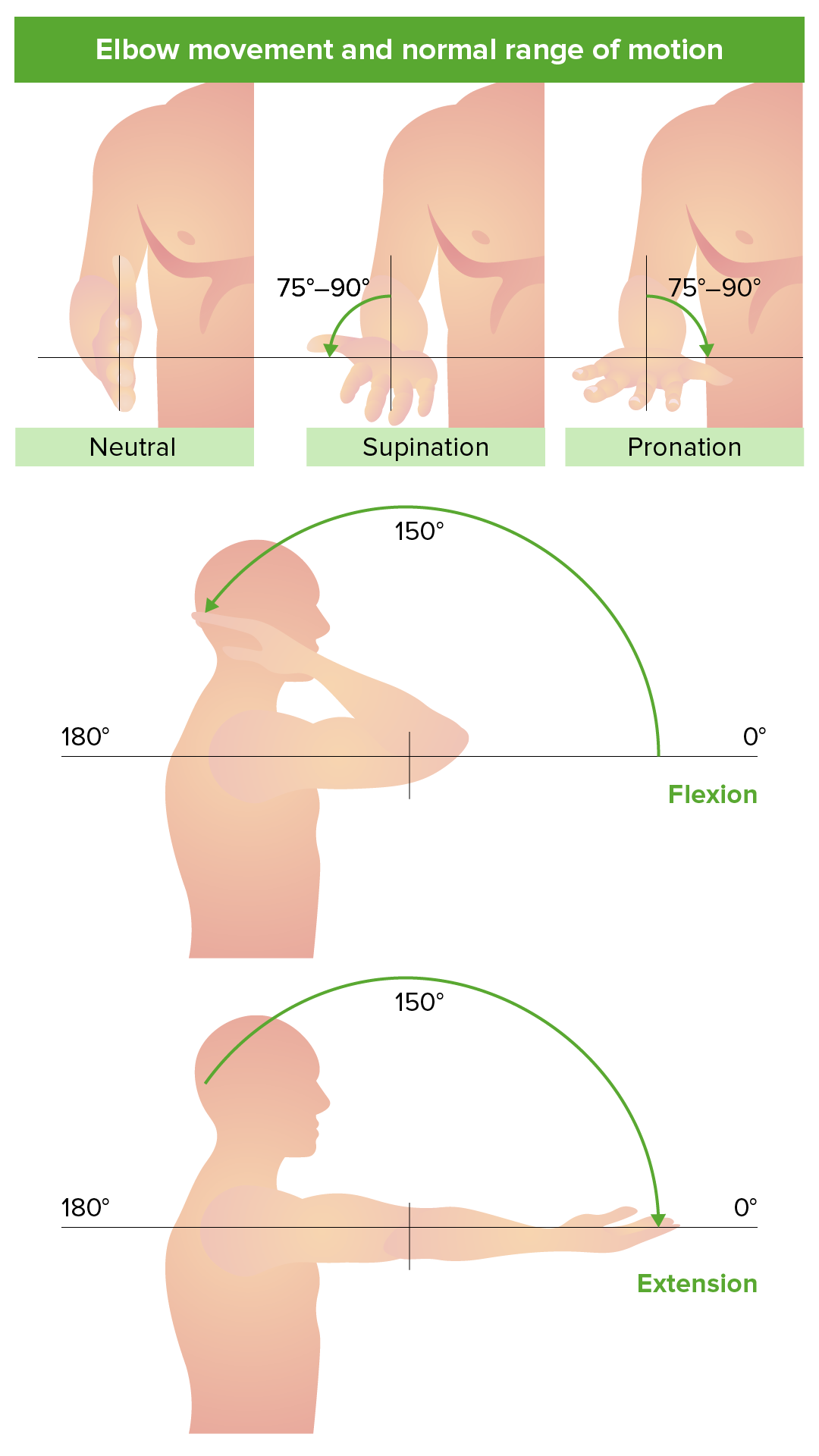Playlist
Show Playlist
Hide Playlist
Radioulnar Joints
-
Slide Radioulnar Joints.pdf
-
Download Lecture Overview
00:01 Now, let's have a look at the joints between the radius and the ulna. 00:05 Let's start by looking at the radio-ulnar joints proximally. 00:08 And then, we'll move on and have a look at them more distally. 00:12 So, if we look at the proximal radio-ulnar joint, this is really occurring between the radius and the ulna. 00:18 Here, we've got the radial notch of the ulna and that's where the head of the radius, its medial surface can articulate. 00:24 Here, we can see the head of the radius and it's important that we have this articulation to support pronation and supination. 00:31 Again, it's covered within the joint capsule of the elbow joint and it's reinforced, as I mentioned previously, via the annular ligament. And that allows supination and pronation to occur. 00:42 Distally, we have, again, an articulation between the head of the ulna and the ulnar notch of the radius. 00:48 So, here, we can see very small bony prominences articulating with each other at the distal aspect. 00:55 So, the head of the ulna is articulating with a little notch at the end of the radius, so called the ulnar notch. 01:03 Here, we can have articular discs and these go on to form articulations with the carpal bones which we'll come to in a moment. And most medially of the distal and of the ulna, we see the styloid process of the ulna there. And that's enabling articulation with those carpal bones. 01:18 We'll come to that in a moment or two. 01:21 Reinforcing the capsule around this distal joint, we have the dorsal radio-ulnar ligament. 01:26 That's helping to hold those bones together. 01:29 And here, we have the palmar version of that same ligament here on the palmar surface, reinforcing the connection between those two bony points. 01:38 The radioulnar joints really permit an important movement which is supination and pronation. 01:44 So, here, we can see we have the radius and the ulna sitting alongside one another. 01:50 This is as if you're looking at the anterior surface of someone with their palms facing forward. 01:55 Supination is the process of the radius crossing over the anterior surface of the ulna, so, you're now in a pronated position. 02:04 And then, if we return that back to the supinated position, you'll see your palm is facing forward. 02:09 It enables both your palm to face forward when you're supinating. 02:12 And then, the dorsal aspect of your hand to face forward when it's fully pronated. 02:19 If we then look at the interosseous membrane, that plays an important part in stabilizing this joint, holding the radius and the ulna together. It has a free margin at the top where the anterior interosseous artery passes over and it also has a circular aperture at the bottom, associated with the posterior interosseous artery that we've spoken about before.
About the Lecture
The lecture Radioulnar Joints by James Pickering, PhD is from the course Joints of the Upper Limbs.
Included Quiz Questions
Which statements about the distal radioulnar joint are correct? Select all that apply.
- Only pronation and supination occur at this joint.
- Articulation is between the body of the radius and the radial notch of the ulna.
- Articulation is between the head of the ulna and the ulnar notch of the radius.
- The joint has an articular disc.
- The joint has anterior and posterior ligaments that support the joint.
Which movements occur with the radioulnar joints? Select all that apply.
- Supination
- Pronation
- Extension
- Flexion
- Abduction
Customer reviews
5,0 of 5 stars
| 5 Stars |
|
5 |
| 4 Stars |
|
0 |
| 3 Stars |
|
0 |
| 2 Stars |
|
0 |
| 1 Star |
|
0 |





